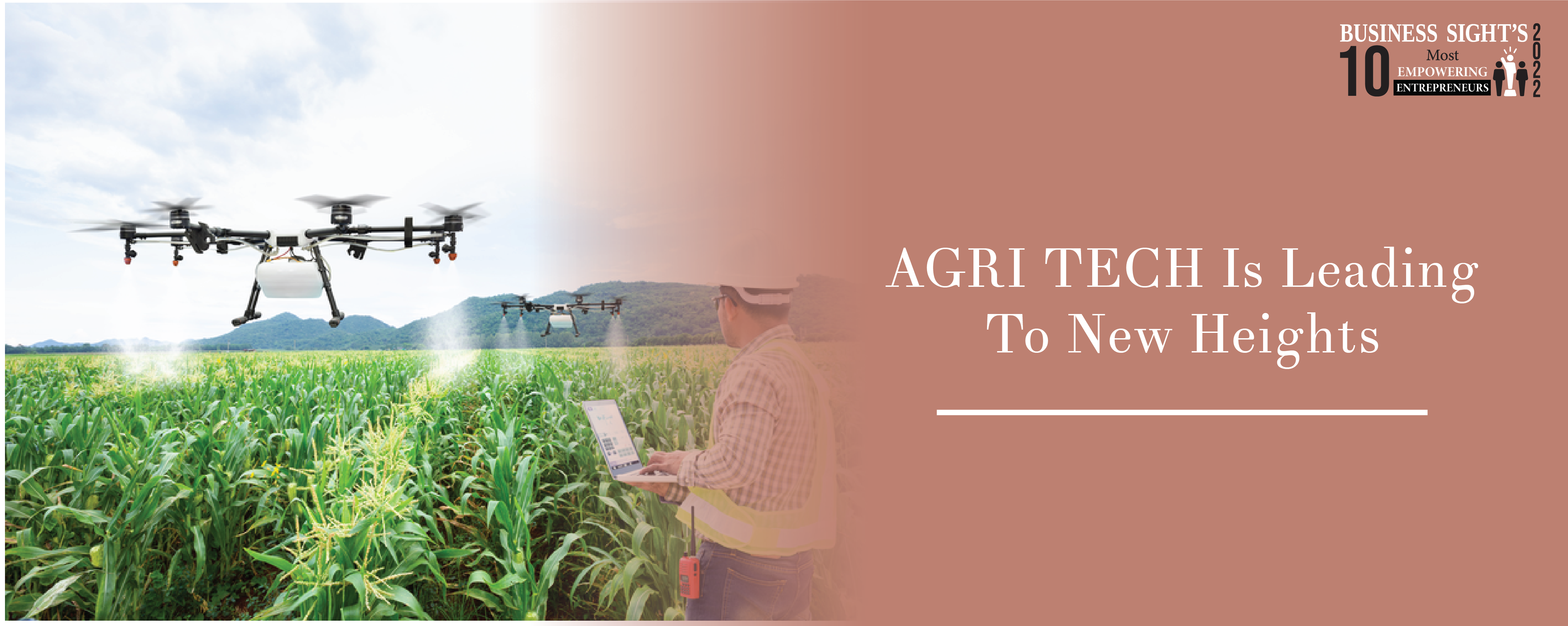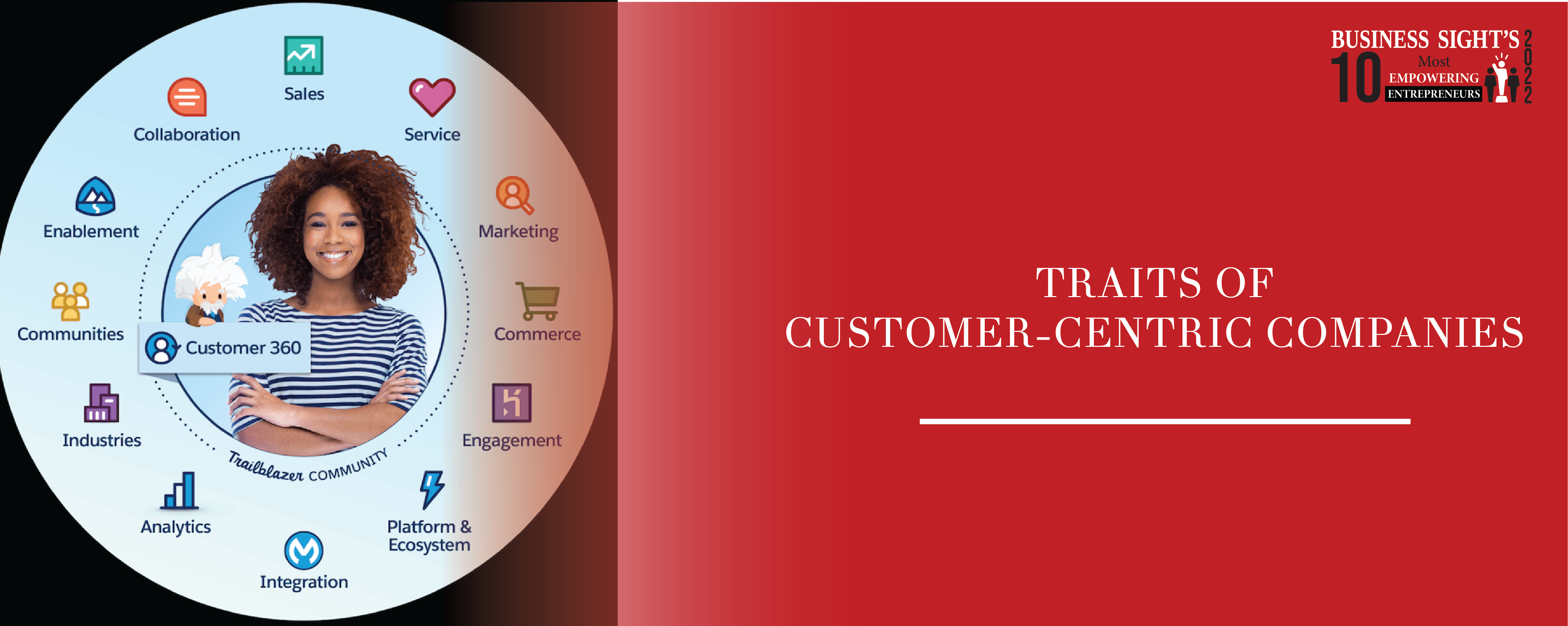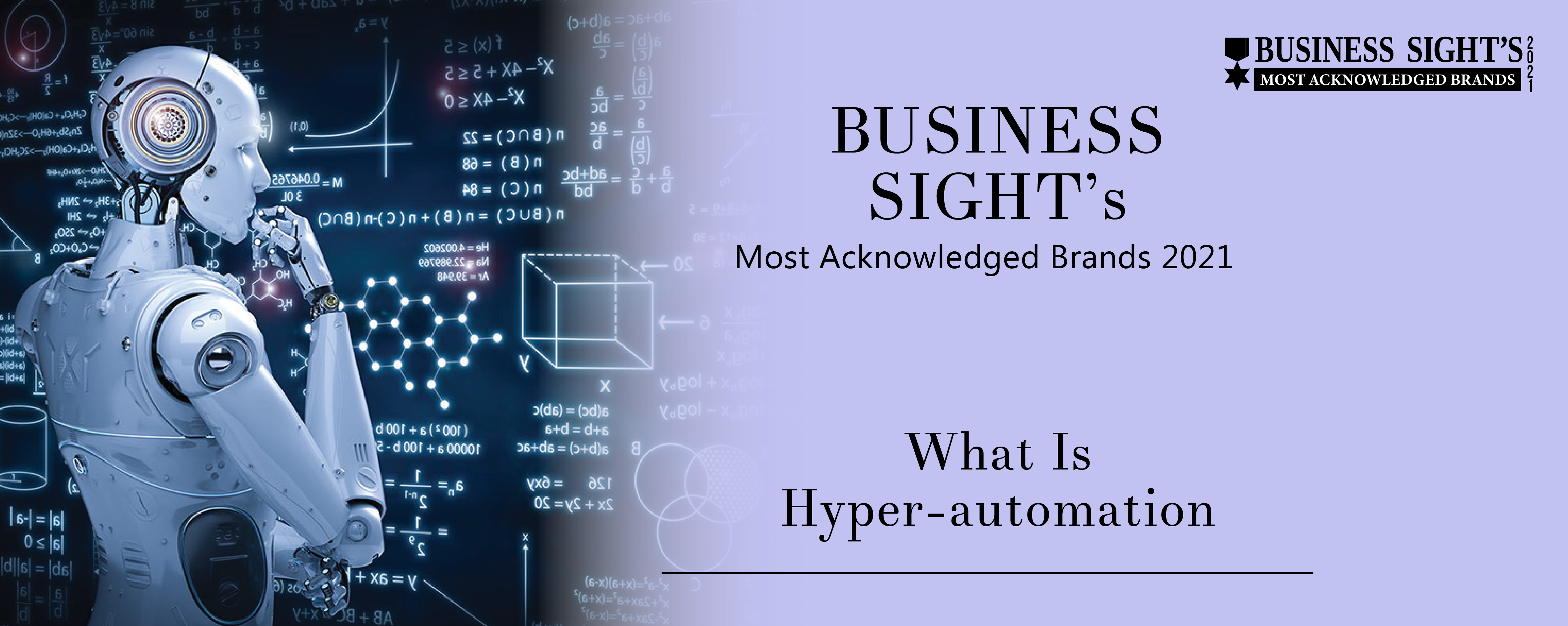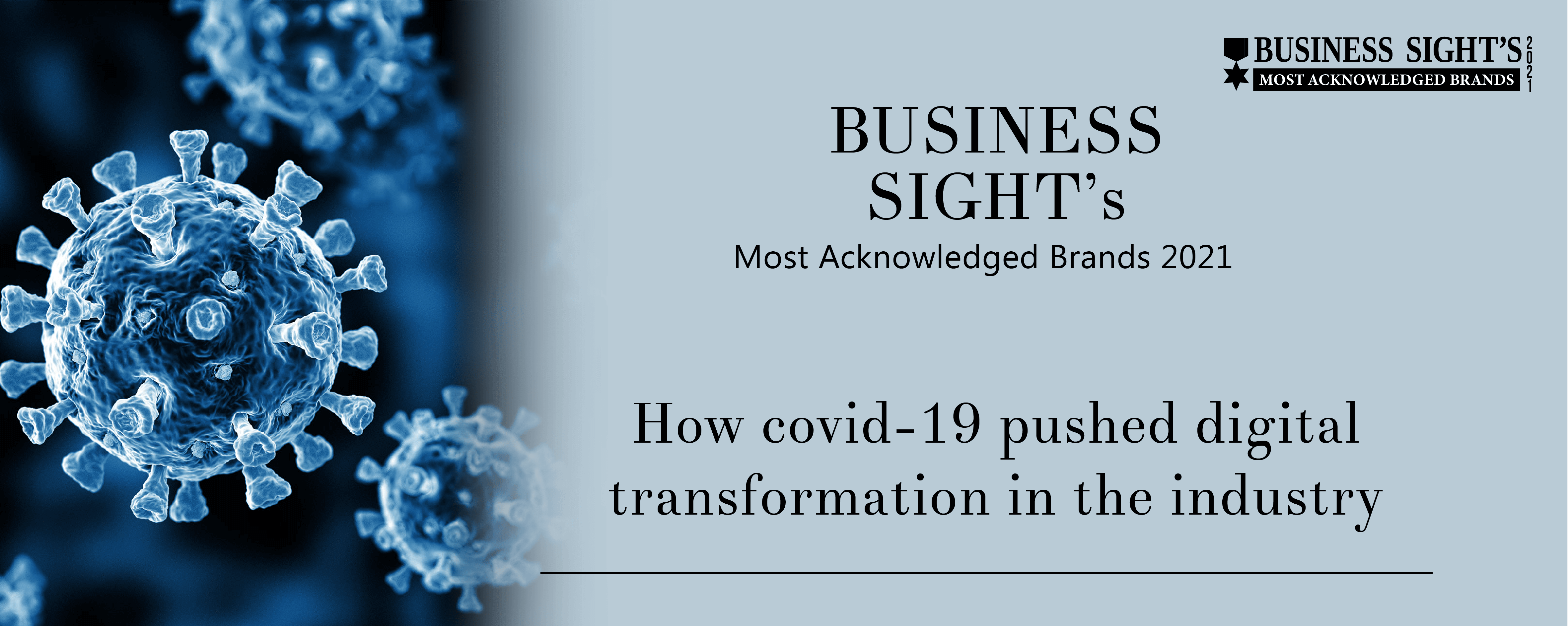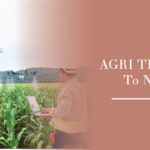The un predicts that the world population will rise from 7.3 billion today to 9.7 billion in 2050. Beyond organic food, there is an overall push to make farming greener by using less water and pesticides. Agriculture is most vulnerable to the impacts of climate change, but it’s also one of its causes, hence making cultivation sustainable is essential in the long run. Farmers around the world are turning towards technology to address a number of problems, such as the growing global shortage of food and labor as they are increasingly under pressure to feed more people.
Crops that have an early focus on robotic harvesting include strawberries, cucumbers and orchard fruit like apples. Harvesting robots are also making an appearance despite the fact that they need precise manufacturing and automation. These innovation machines use a combination of image processing and robotic arms to determine what to pick. Quality control and grading of the fruit can be done in one operation keeping repeated handling down. Data analytics on the crop can be helpful in determining business revenue and organizing packaging and processing operations. Advanced harvesters, while not officially robots, are helping farmers to harvest 15 to 20 tons of grapes per hour, equivalent to a workload carried out by 30 human pickers. The harvester also removes most of the grape’s leaves, ensuring that farmers get clean fruit.
Drones are equipped with multi-spectral and photo cameras that can monitor crop stress, plant growth and predict yields with more advanced drones able to carry and deliver payloads like herbicides, fertilizer, and water. Drones are one of the first robotic applications that farmers have adopted or for the most part, are adopting thanks to obvious applications like time and labor savings in not having to go out to visual checking on a crop. The drones can be utilized via a drone-as-a-service (daas) type operation with scheduled flyovers or can be stored on-site and used as needed with weatherproof docking stations that allow the drones to recharge and send data back to be analyzed. Drones can autonomously navigate their environment and perform actions at set locations, for example, picking a fruit, spraying a pesticide, planting a seed, imaging a plant, or making a measurement. Glasshouses are slightly simpler to move around since the environment is more carefully engineered, and is often fit with tracks which robots follow to reach desired locations.
Artificial intelligence, field sensors, and data analytics are some of the advanced systems used in that endeavor, but the one area in which these technologies converge is robotics. Agricultural robots, sometimes known as agri-bots, are seen as one of the key trends that will deeply influence agriculture in 2020. These technologies will help farmers address the issue of a dwindling workforce and allow them to work more efficiently while saving money on labor. Advanced robotic systems will also take care of and harvest plants, as well as carry out on-farm data collection, increasing crop yields. Agri-bots are set to improve production yield while reducing resources required and making farming an exciting high-tech profession. Farmers also expect that drones will decrease wages and other labor costs which makes it an inexpensive and efficient replacement for the human workforce.
Another example of agri-bot is spraying and weeding robot. It utilizes databases of weed images, and the maker companies train their robots to detect and pluck weeds or apply pesticides directly on the weed itself and not the plant. With a growing number of weeds become resistant to pesticides and the overall cost and use of this technology could be a huge boost to both the farmers' bottom line and the environment. Robots are set to help farmers by preventing some of the $43 billion in losses created by herbicide-resistant weeds.

